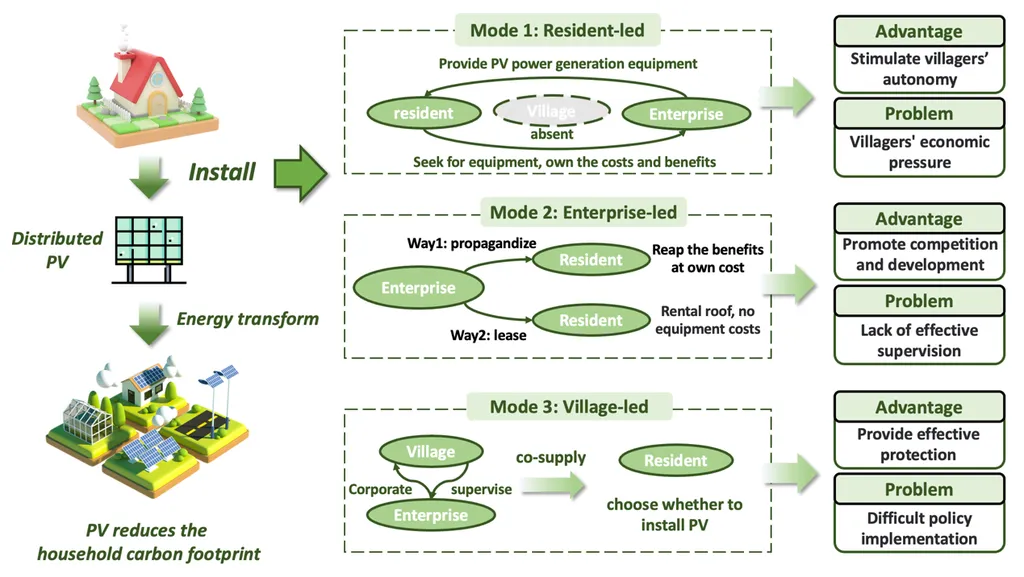In the ever-evolving landscape of industrial energy management, a groundbreaking study from Shandong University of Technology is set to redefine how industrial parks harness the power of renewable energy. Led by Zehao Shi, a researcher from the School of Electrical and Electronic Engineering, the study introduces a novel approach to optimize the integration of photovoltaic (PV) systems and energy storage, promising significant economic benefits and enhanced operational resilience.
The integration of PV systems in industrial parks has long been touted as a sustainable solution, but the unpredictable nature of solar energy and fluctuating electricity prices have posed substantial challenges. Shi’s research addresses these uncertainties head-on, proposing a credibility copula-based robust multistage planning framework. This innovative method not only accounts for the exogenous uncertainties in PV output but also tackles the endogenous uncertainties in electricity pricing.
At the heart of this approach lies the use of copula functions, which couple the uncertainties of time-of-use, on-grid, and demand power prices. “By leveraging copula functions, we can better understand and manage the interdependencies between different types of uncertainties,” Shi explains. “This allows us to create a more robust and reliable planning model that can withstand the complexities of real-world energy markets.”
The study goes a step further by employing credibility theory to develop a fuzzy chance constraint model. This model integrates the uncertainties of future electricity prices and PV output, transforming them into deterministic robust optimization problems. The result is a planning framework that can adapt to changing conditions, ensuring optimal configuration and operation of PV and energy storage systems.
The implications of this research are far-reaching. For industrial parks, the ability to accurately predict and manage energy costs and supply can lead to substantial savings and improved operational efficiency. For the broader energy sector, the methodology offers a blueprint for integrating renewable energy sources more effectively, paving the way for a more sustainable and resilient energy infrastructure.
The study, published in the Chinese Society for Electrical Engineering (CSEE) Journal of Power and Energy Systems, provides a comprehensive validation of the proposed approach through simulation analyses using real-world data from an industrial park. The results underscore the applicability and effectiveness of the method, setting the stage for its potential adoption in various industrial settings.
As the energy sector continues to grapple with the challenges of renewable energy integration, Shi’s research offers a beacon of hope. By providing a robust and adaptable planning framework, it enables industrial parks to fully harness the economic and environmental benefits of PV systems and energy storage. The future of industrial energy management is looking brighter, and this innovative approach is leading the way.

